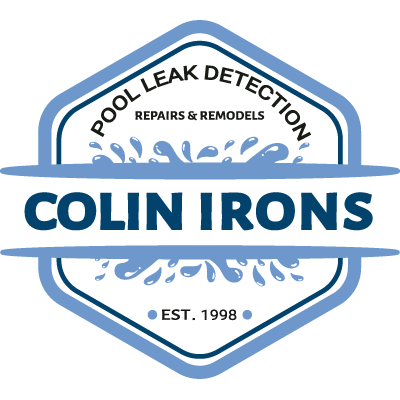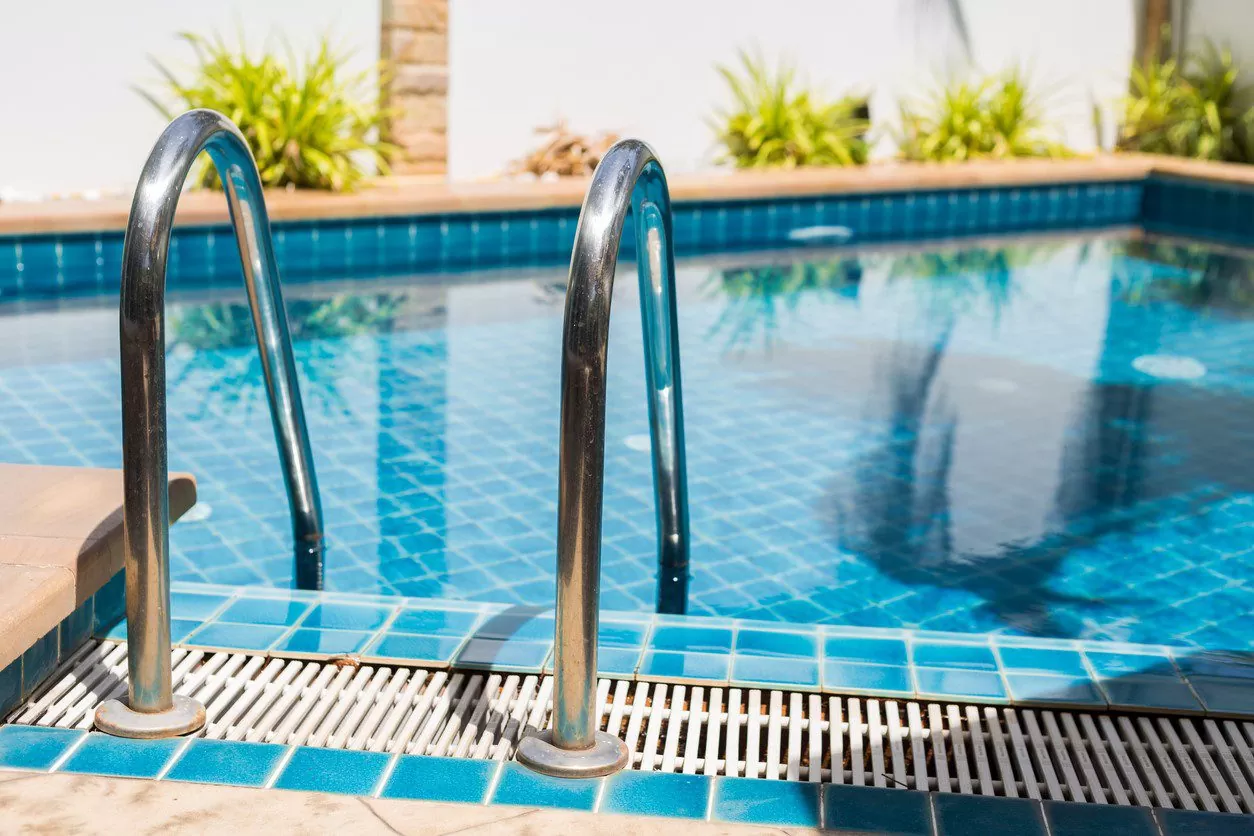A pool can be a wonderful oasis, especially during hot summer months. But when you start noticing a drop in the water level, soggy spots around the pool, or unexpected increases in your water bill, you may have a leak on your hands. While it might seem daunting, there are several simple steps you can take to detect a pool leak on your own before calling in a professional. These DIY methods can help you identify the problem, saving you time and possibly even money. Here’s a guide to help you through the process.
Step 1: Rule Out Evaporation
Before jumping to conclusions, you should rule out evaporation as the cause of your water loss. During hot weather, especially in dry or windy conditions, a pool can lose a surprising amount of water due to evaporation. To determine if evaporation is the culprit, you can perform a simple “bucket test.” Here’s how:
- Fill a bucket with pool water and place it on a step in the pool, making sure the water level inside the bucket matches the pool’s water level outside.
- Mark the water level in the bucket, then turn off the pool pump and any water features (like fountains or waterfalls).
- Leave the bucket in the pool for 24 hours, then check the water levels again.
If the pool water level has dropped more than the water in the bucket, you’re likely dealing with a leak. However, if the levels match, the water loss is probably due to evaporation, not a leak.
Step 2: Check for Obvious Signs of Leakage
Sometimes the signs of a pool leak can be hidden in plain sight. Walk around the pool area and check for these tell-tale signs of leakage:
- Wet spots in the yard or around the pool deck, particularly in areas that shouldn’t be wet.
- Cracks in the pool’s structure, tiles, or surrounding area.
- Soggy areas or patches of grass that appear greener or softer than the surrounding landscape.
Keep in mind that these issues could indicate a leak, but they could also be signs of an overwatered yard or recent rainfall. If you notice these signs without any external causes, you may have pinpointed the leak.
Step 3: Inspect the Pool Equipment
Another common area for leaks is in the pool’s equipment. Check all the plumbing, valves, and connections for drips or wet spots. Examine the pump, filter, and heater connections for any signs of water. Here’s a step-by-step approach:
- Turn off the pump and allow the water to settle. Look around the pump and filter for any wet areas or puddles.
- Inspect the O-rings on any equipment that has them, as worn or cracked O-rings can lead to leaks.
- Check the filter pressure; unusually high or low pressure can be a sign of a leak or blockage in the system.
If you spot any issues here, repairing or replacing faulty components may solve your leak problem.
Step 4: Monitor Water Loss Over Time
If you’ve followed the above steps and are still unsure about the presence or location of a leak, try monitoring your pool’s water level over a few days. Keep track of how much water you’re losing and note the rate of water loss. This information can help you better understand if there’s a slow leak or if water loss might be due to environmental factors.
When to Call a Professional
If you’ve gone through all these DIY steps and still can’t find the source of your leak, it’s time to consider bringing in a professional. Leak detection specialists have advanced tools, such as pressure testing equipment and underwater listening devices, to locate even the most elusive leaks. Calling in a pro is also recommended if you find the leak but feel it’s beyond your skill level to fix, such as a crack in the pool’s shell or a leak in the plumbing.
Tips for Preventing Pool Leaks
Regular maintenance is your best defense against pool leaks. Here are a few tips:
- Regularly inspect your pool and its equipment for any signs of wear or damage.
- Check and maintain water levels to prevent issues with the pump and other equipment.
- Protect your pool during winter by using a cover to prevent freeze-related cracks.
In summary, detecting a pool leak, and knowing if your pool is leaking, on your own can save you time, water, and money. By following these steps, you’ll have a clear idea of what’s causing your pool’s water loss and, hopefully, identify whether a quick DIY fix is possible. And if all else fails, you’ll be well-prepared to call in a professional, armed with helpful information to make their job faster and more efficient.


